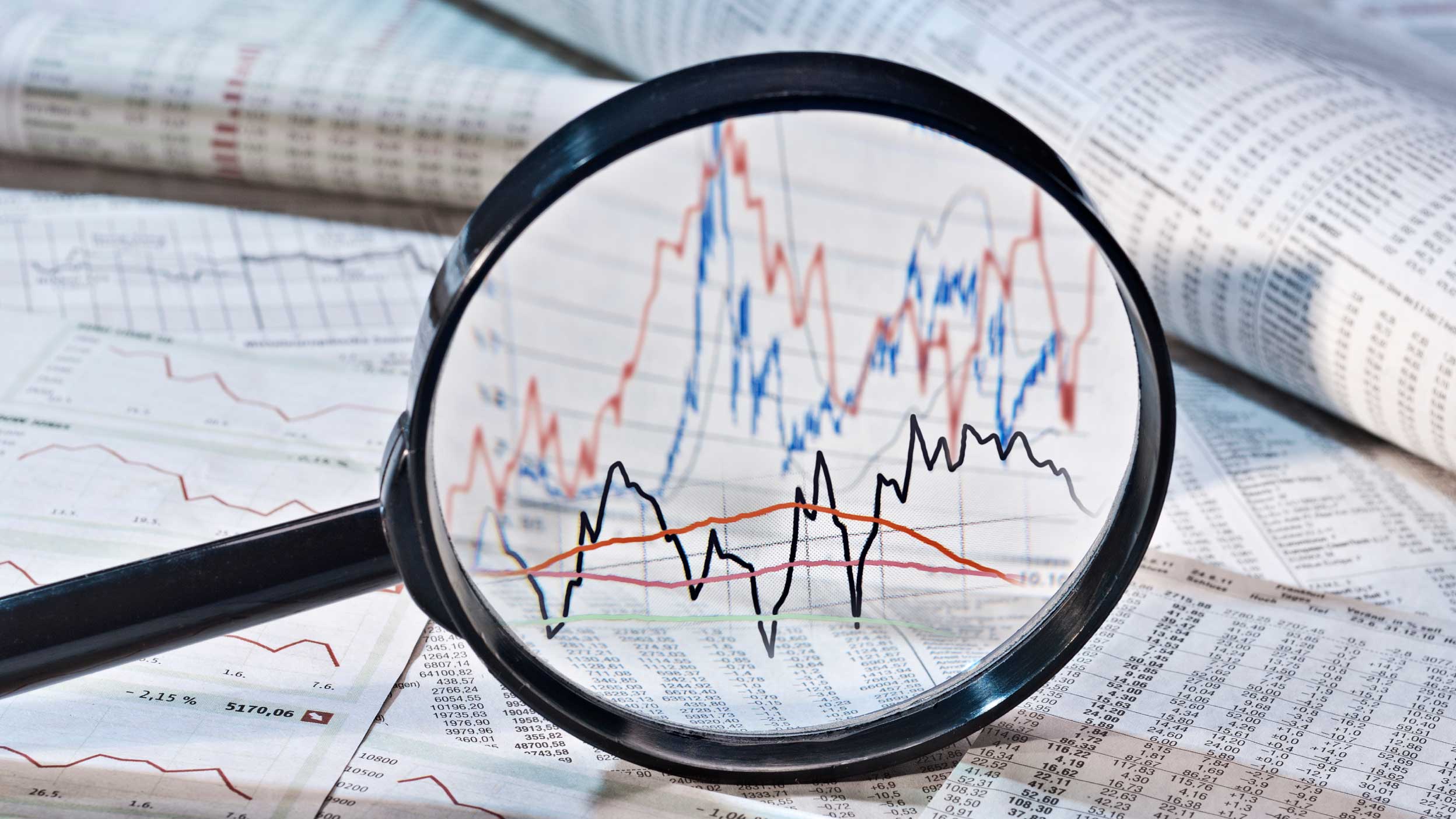
Investing in fixed income
Whether you’re looking for income, diversification, capital preservation or total returns, we have the strategies, the scale and the flexibility needed to match your objectives as markets evolve.

Charles Moussier, Head of EMEA Insurance Client SolutionsWe view current conditions as favorable to gather investment grade yields particularly in the shorter maturity space, the capital efficient part of the yield curve.
In the era of negative rates, investors had to adopt a more active, hunting approach for returns, which generally brought with it a greater degree of risk.
Now however we believe the door is reopened to a farming model: buy a portfolio of relatively high-quality securities, tend it, and harvest the coupons over a multi-year horizon.
Source: Bloomberg, to March 2023. Indices used: Bloomberg Euro Aggregate Treasury and Corporate, Bloomberg US Treasury and Corporate, Bloomberg EUR-USD 3m Hedging Costs. Past performance does not predict future returns.
Figure 1 shows that both Euro Treasuries and Corporate yields are at their highest for approximately 10 years. US bond yields are also relatively high, but look less attractive when hedging costs are taken into account. What’s also notable is that Euro Investment Grade corporate yields are around the average of Euro high yield for the 2014-2021 era.
The added advantage for investment grade is that the prospects of realising those yields are much higher now, particularly when combined with issuer diversification and investment decisions underpinned by bottom-up credit analysis using Invesco’s global team of experienced credit analysts.
If we look at default rates over time, the worst annual experience in global investment grade corporates was just 0.4% in 2002 and 2008, while for high yield it has been 10% or more1.
As bond markets are anticipating further rate hikes by most major central banks, yields are currently highest for shorter maturities. If we consider a 3- or 5-year buy and maintain investment grade corporate portfolio, the index yield to worst is c.4.2%2, while the effective duration is 3-4 years. At Invesco, we can further optimise a portfolio for potential returns within a Solvency II budget thanks to our proprietary Vision analytics system.
The chief risks are 1) central banks fail to get inflation under control and further rate hikes are needed – in this case there would be a short term opportunity cost in terms of book yield, but a chance to reinvest more profitably at maturity; 2) weaker than expected growth detracts from corporate fundamentals – again another short term opportunity cost in terms of an entry point, but we do not foresee any major wave of fallen angels; with Invesco’s diligent credit research and diversification further mitigating the risks. A shorter maturity focus also increases visibility for our analysts and should reduce the need for portfolio turnover.
While global yields are currently below those of euro-only portfolios after hedging costs are considered, we would expect the two to converge in the next one to two years as the ECB is on track to raise interest rates more significantly and catch up to the US.
Source: Bloomberg, March 2023
In spread terms, while the Euro market was more acutely hit than the US in 2022 due to the Russia-Ukraine conflict and the ensuing energy squeeze, we may see some of the widening revert as businesses adapt and economies recover. We also see opportunities currently in Sterling and in Asia after 2022’s underperformance. A flexible approach is therefore worth considering, especially for evergreen portfolios where income and maturity proceeds can be reinvested.
Overall, we view current conditions as favourable for investment grade corporate bonds, particularly in the shorter maturity space, which offer the chance to harvest yields previously reserved for high yield and emerging markets, but with lower solvency capital costs.

Each month, our experts share their views on the emerging market (EM) local debt asset class. Read their outlook and discover which markets they believe are presenting the most attractive opportunities.

Bond markets struggled in March, primarily due to concerns about the potential impact of upcoming US policies. Read our latest thoughts on how fixed income markets fared during the month and what we think you should be looking out for in the near term.

In our regularly updated macroeconomic analysis we offer an outlook for interest rates and currencies – and look at which fixed income assets are favoured across a range of market environments.
1 Source: S&P 2021 Annual Global Corporate Default and Rating Transition Study. Past performance does not predict future returns.
2 Based on the ICE BofA ML 3-5y Euro Corporate (ER02) index. Source: Bloomberg, March 2023. An investment cannot be made in an index.
The value of investments and any income will fluctuate (this may partly be the result of exchange rate fluctuations) and investors may not get back the full amount invested.
Where individuals or the business have expressed opinions, they are based on current market conditions, they may differ from those of other investment professionals and are subject to change without notice.
This is marketing material and not intended as a recommendation to buy or sell any particular asset class, security or strategy. Regulatory requirements that require impartiality of investment/investment strategy recommendations are therefore not applicable nor are any prohibitions to trade before publication.